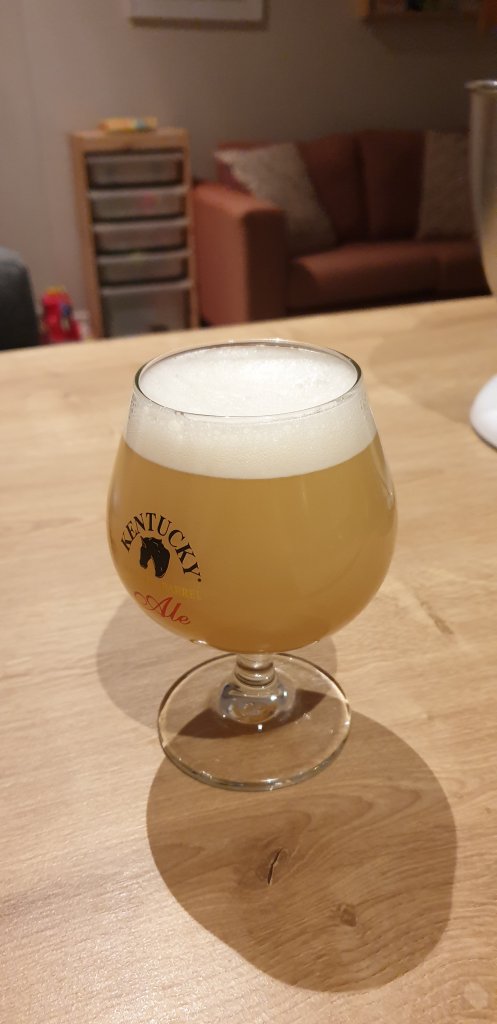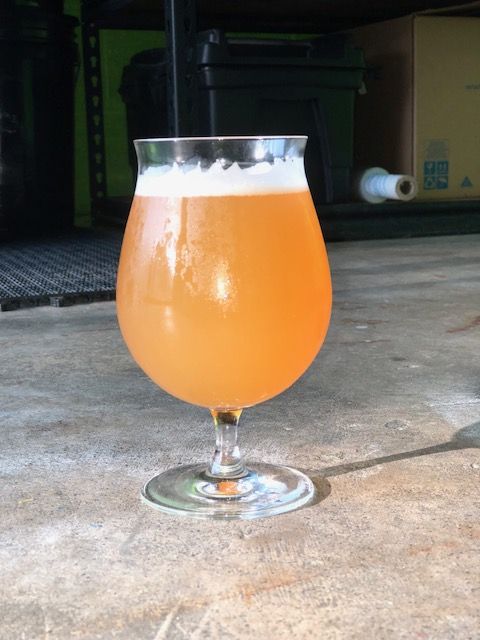What form were the hops?Agree with this 100%. I brewed one of my recipes at a smaller brew pub that didn't have the hops on hand that we needed. They bought a few boxes (with sealed 22# bags in them) from one of the larger breweries here in MD. It's been a few years, but I believe they said they purchased them from Flying Dog. Anyway, that was the best version of my beer that I've ever brewed and the only difference was the hops. Credit to the brewery, they even contacted RVA yeast labs and got a pitch for the batch because that's what I was using at the time.
I have been watching a few videos of hop selection process and it looks pretty sophisticated. I can imagine if you have a big contract you can get the top shelf pick.
I didn’t realize what a big industry it is and I can imagine that it is exploding right now with the popularity of the American style.

















































![Craft A Brew - Safale BE-256 Yeast - Fermentis - Belgian Ale Dry Yeast - For Belgian & Strong Ales - Ingredients for Home Brewing - Beer Making Supplies - [3 Pack]](https://m.media-amazon.com/images/I/51bcKEwQmWL._SL500_.jpg)











